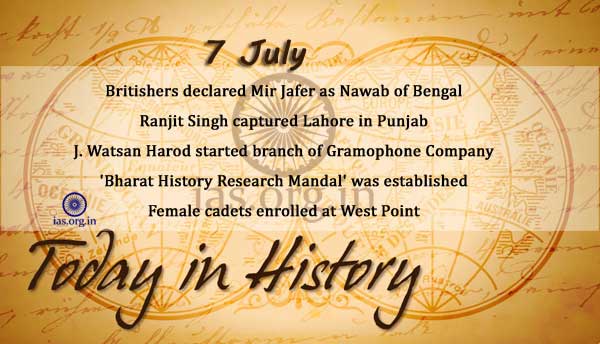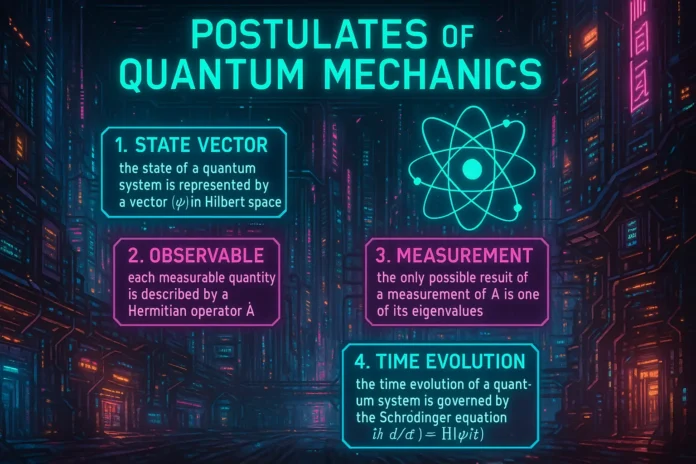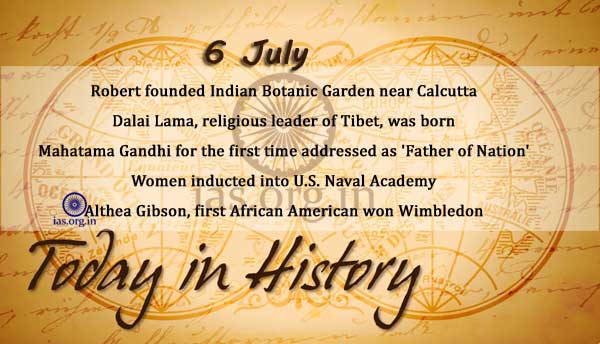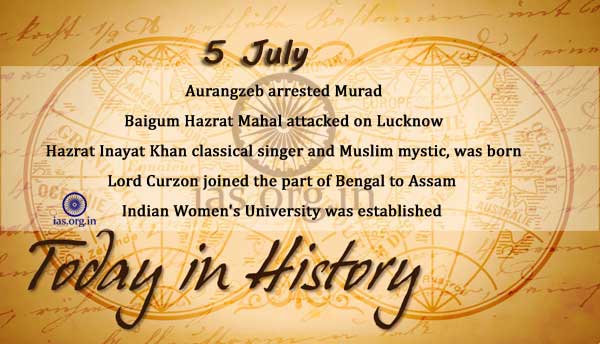1763
Britishers declared Mir Jafer as Nawab of Bengal.
1797
For the first time in U.S. history, the House of Representatives exercised its constitutional power of impeachment and voted to charge Senator William Blount of Tennessee with “a high misdemeanor, entirely inconsistent with his public duty and trust as a Senator.”
1799
Ranjit Singh captured Lahore in Punjab from Sikh rulers.
1852
According to Sir Arthur Conan Doyle’s stories, Dr. John H. Watson was born on this day. Coincidentally, the author died on this day in England at the age of 71.
1855
30,000, people went to Calcutta along with weapons to fight the British army.
1865
Mary Surratt was the first women who was executed by the U.S. government for her role as a conspirator in Abraham Lincoln’s assassination.
1901
J. Watsan Harod started a branch of Gramophone Company at Calcutta.
1905
Six Language penel were started on the Rs. five denomination again. The printing colour of note changed to Red with Special text mentioned, ‘At any office of issue not situated in Burma’.
1910
‘Bharat History Research Mandal’ was established.
1917
On this day in 1917, British Army Council Instruction Number 1069 formally established the British Women’s Auxiliary Army Corps (WAAC), authorizing female volunteers to serve alongside their male counterparts in France during World War I.
1930
On this day in 1930, construction of the Hoover Dam began. Over the next five years, a total of 21,000 men worked ceaselessly to produce what would be the largest dam of its time, as well as one of the largest manmade structures in the world.
1937
Jagdish Prasad Goenka, great industrialist, was born in Calcutta.
1943
Rasbehari Bose handed over the command of ‘Azad Hind Fauz’ to Netaji Subhashchandra Bose at Singapore.
1946
Gandhiji addressed the A.I.C.C. meeting at Bombay; Congress accepted the Cabinet Mission plan of May 16.
1948
Damodar Valley Corporation, first public corporation, was established.
1976
For the first time in history, women were enrolled into the United States Military Academy at West Point, New York. On May 28, 1980, 62 of these female cadets graduated and were commissioned as second lieutenants.
1999
The Indian Army recaptured Jubar height in the Batalik sector.
Related Articles:






